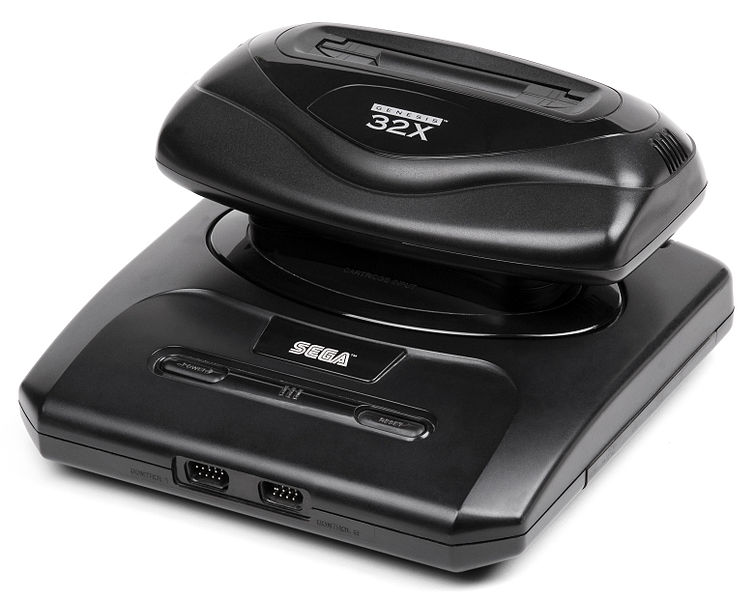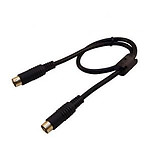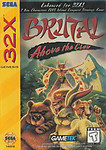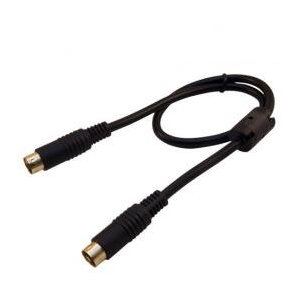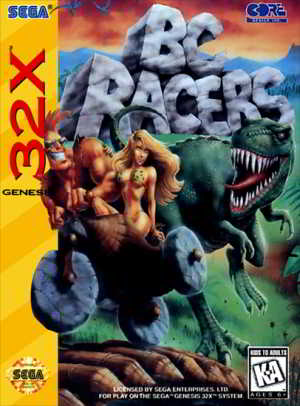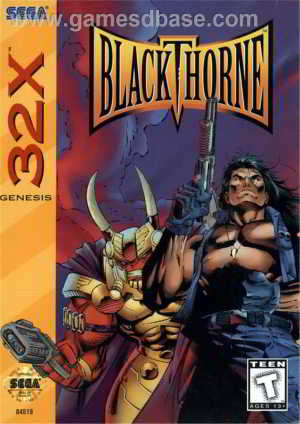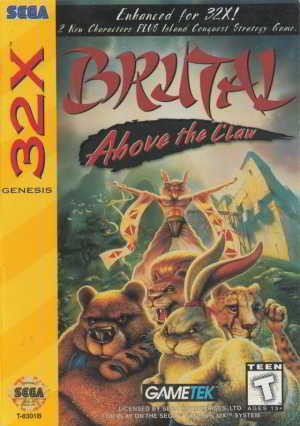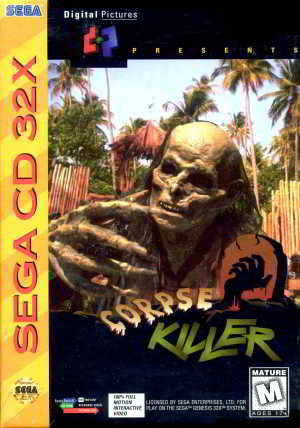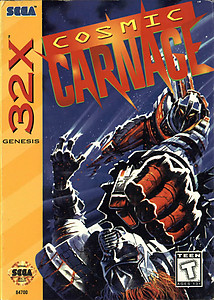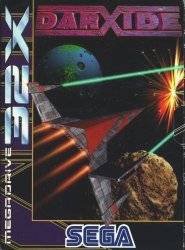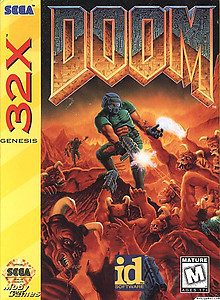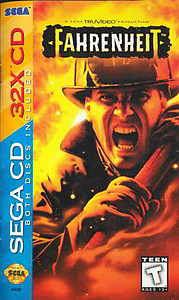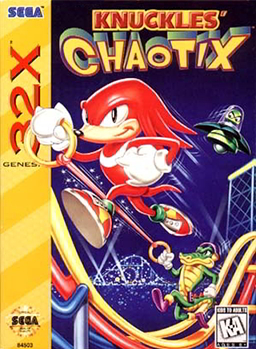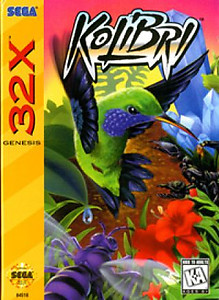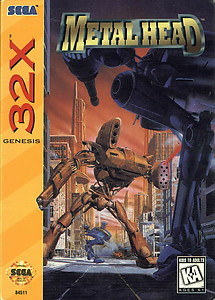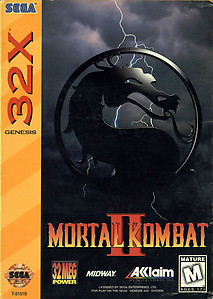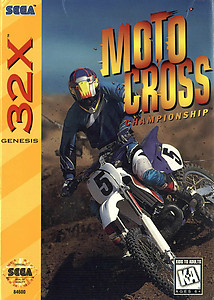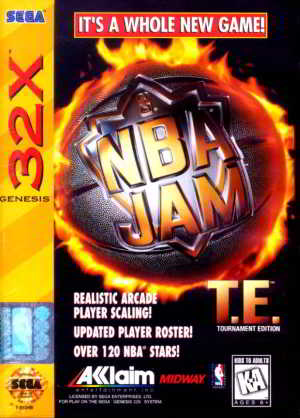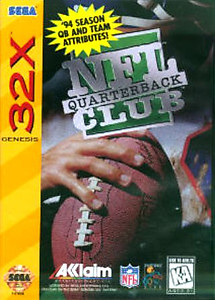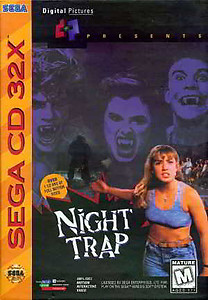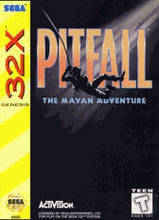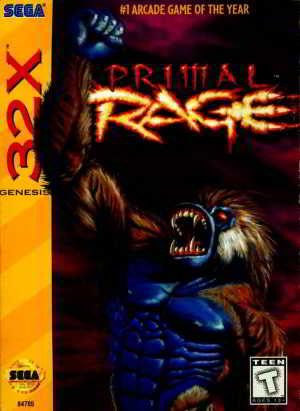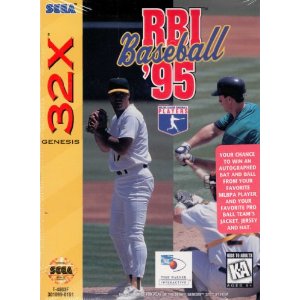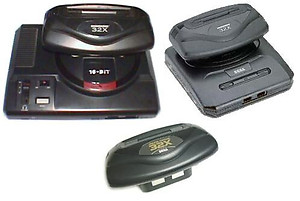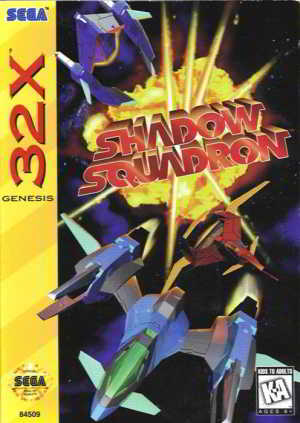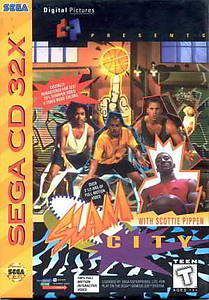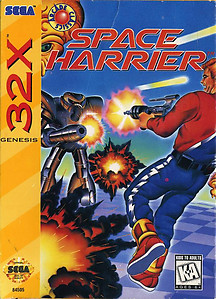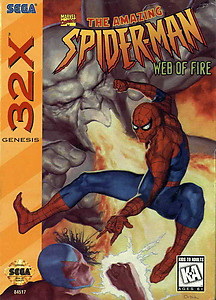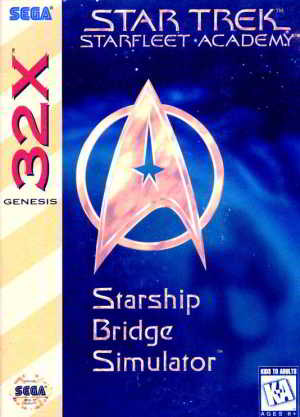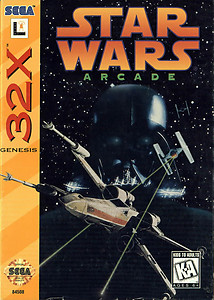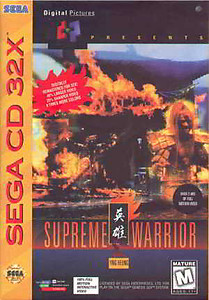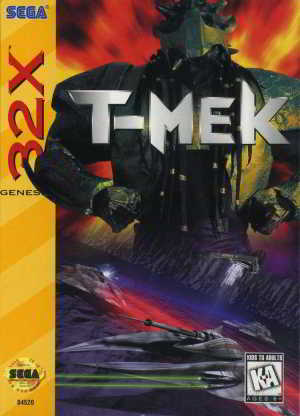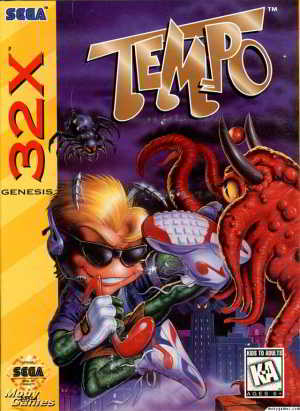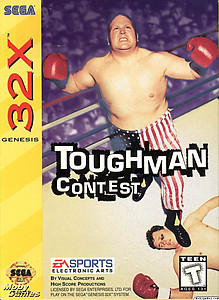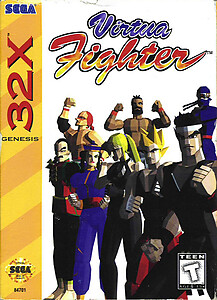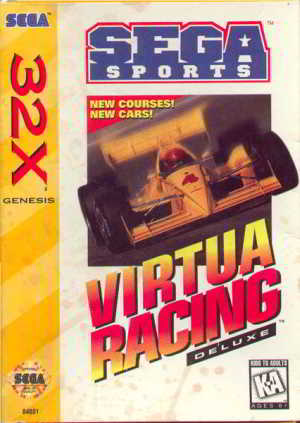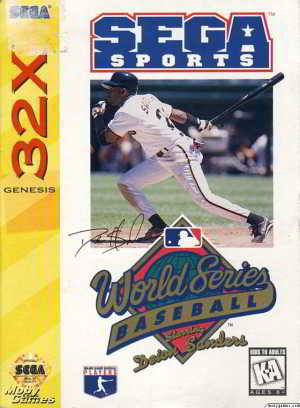Sega 32X Review: An Ambitious Add-On That Fell Short
Released in 1994, the Sega 32X was a bold move by Sega to extend the life of the Genesis and give gamers access to 32-bit gaming without requiring a full console upgrade. It promised improved graphics, better processing power, and the ability to play more advanced games, but its limited game library, poor marketing, and the rapid development of next-generation consoles ultimately caused the 32X to flop, leaving it as one of the more curious, short-lived chapters in gaming history.
Design & Setup
The Sega 32X was a bulky add-on that plugged directly into the Sega Genesis console. When attached, it was an awkward, almost comical contraption, making the already compact Genesis look even more unwieldy. The system required an additional power supply, making it a hassle to set up compared to standalone consoles. The device also had its own cartridge slot, meaning players would need separate 32X games in addition to the Genesis titles they already owned. While technically functional, the setup felt cumbersome, and it didn't provide the seamless integration of later consoles or peripherals.
The design of the 32X itself looked somewhat futuristic for its time but also bulky, and the overall aesthetic didn't complement the sleek Genesis console. It was clear that this was a stopgap solution rather than a thoughtful innovation.
Game Library & Performance
The 32X was marketed as a way to experience improved graphics, especially with 3D games, but its game library was quite limited. There were a handful of notable titles, such as "Virtua Fighter", "Doom", and "Star Wars Arcade", which showed off the system's capabilities. "Virtua Fighter" offered a 3D fighting game experience that was groundbreaking for its time, though the visuals were often a bit blocky and jagged compared to what modern gamers would expect. "Doom", a port of the classic PC game, provided a playable, though slightly rough, version of the first-person shooter experience on a home console.
While the graphics were certainly an improvement over the Genesis, the 32-bit experience felt like a half-step toward next-gen gaming, with many games suffering from limited textures and low frame rates compared to what was possible with true 32-bit consoles like the Sega Saturn and Sony PlayStation. While the 32X did succeed in offering better visual fidelity compared to the Genesis' 16-bit graphics, it wasn't enough to justify its existence in the face of the next wave of full 32-bit consoles that were on the horizon.
The system's game library also suffered from being too small and not having the strong third-party support needed to truly make it a must-have accessory. It felt like Sega was pushing out half-finished games to show off the technology rather than offering a fully fleshed-out catalog of titles that could make the 32X essential. This, combined with the high price tag for the add-on, meant that consumers just weren't sold on the idea.
Limitations & Drawbacks
-
Awkward Design: The 32X's bulky, awkward design made it difficult to integrate into existing Genesis setups. It required an additional power supply and separate cartridges, which created a hassle for gamers who just wanted a streamlined experience.
-
Limited Game Selection: Despite some notable titles, the 32X's game library was relatively small, and many of the games felt like rough early attempts at 3D gaming. The lack of a diverse and strong catalog of games was one of the 32X's biggest weaknesses.
-
Next-Gen Consoles: Just a year after the 32X's release, Sega's own Saturn and Sony's PlayStation were launched, offering true 32-bit gaming. By that time, the 32X already felt like an outdated, unnecessary peripheral.
-
High Price for Limited Return: At its launch, the 32X was expensive, and with a library of games that didn't live up to the promise, it just didn't offer enough of an experience to justify its cost. Combined with the relatively short lifespan of the system, the price made it a hard sell for most gamers.
Final Verdict
The Sega 32X was an ambitious attempt by Sega to extend the life of the Genesis and offer an early glimpse at 32-bit gaming. While it did provide some impressive graphics and noteworthy games, it ultimately failed to capture the market. The system felt like a stopgap solution, bridging the gap between the 16-bit Genesis and the upcoming 32-bit era.
The limited game library, awkward design, and the arrival of true next-gen consoles like the Sega Saturn and Sony PlayStation made the 32X obsolete almost as soon as it launched. While the system has earned a cult following for its unique place in gaming history, it is ultimately remembered as a misstep in Sega's hardware lineup.
Score: 4/10
? An ambitious attempt at 32-bit gaming that ultimately fell short due to a limited game library, poor timing, and the advent of more powerful consoles. Not a must-have accessory for Genesis owners, but a curious piece of retro gaming history.
Would you like to know more about the best games for the Sega 32X or its impact on Sega's future consoles?
